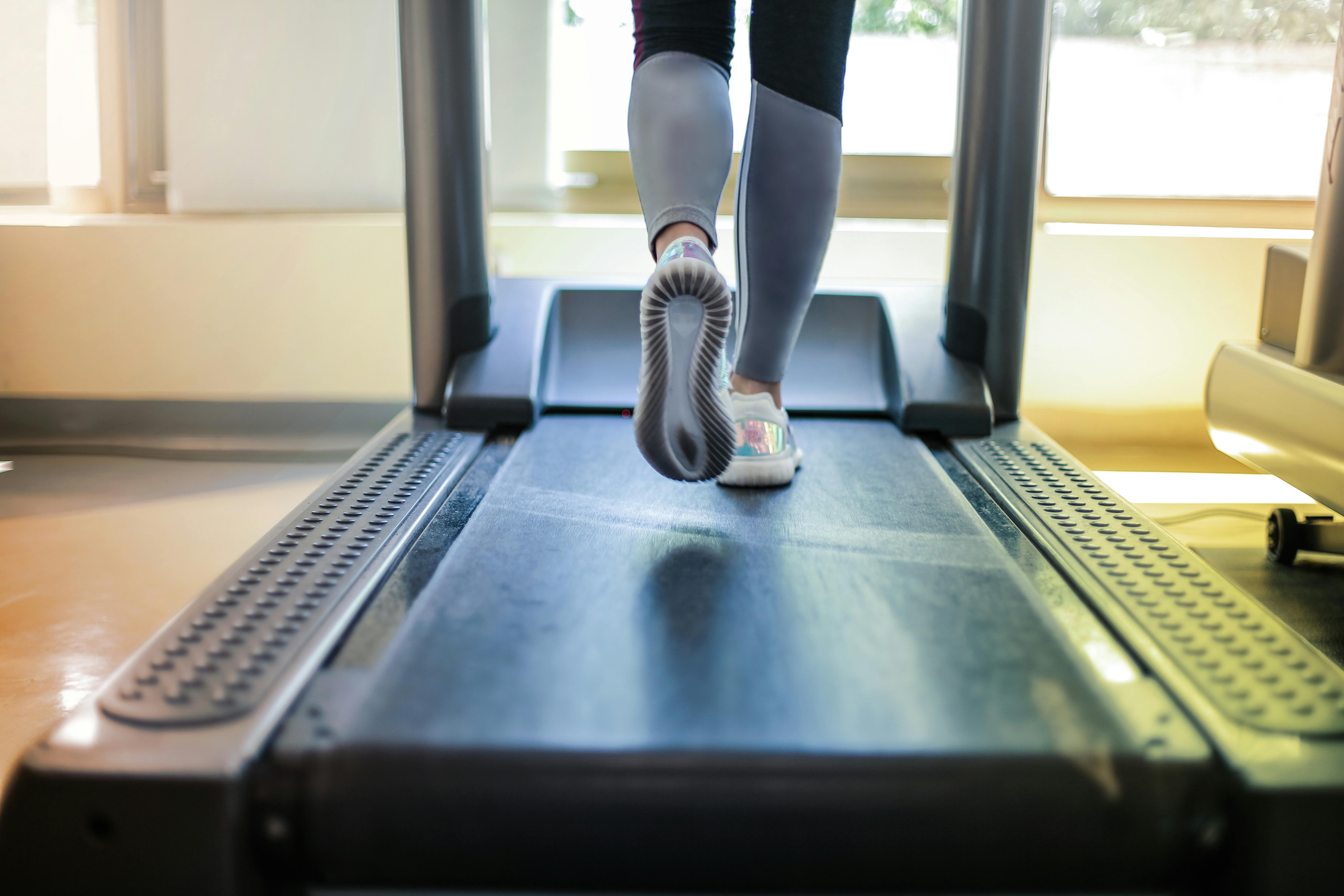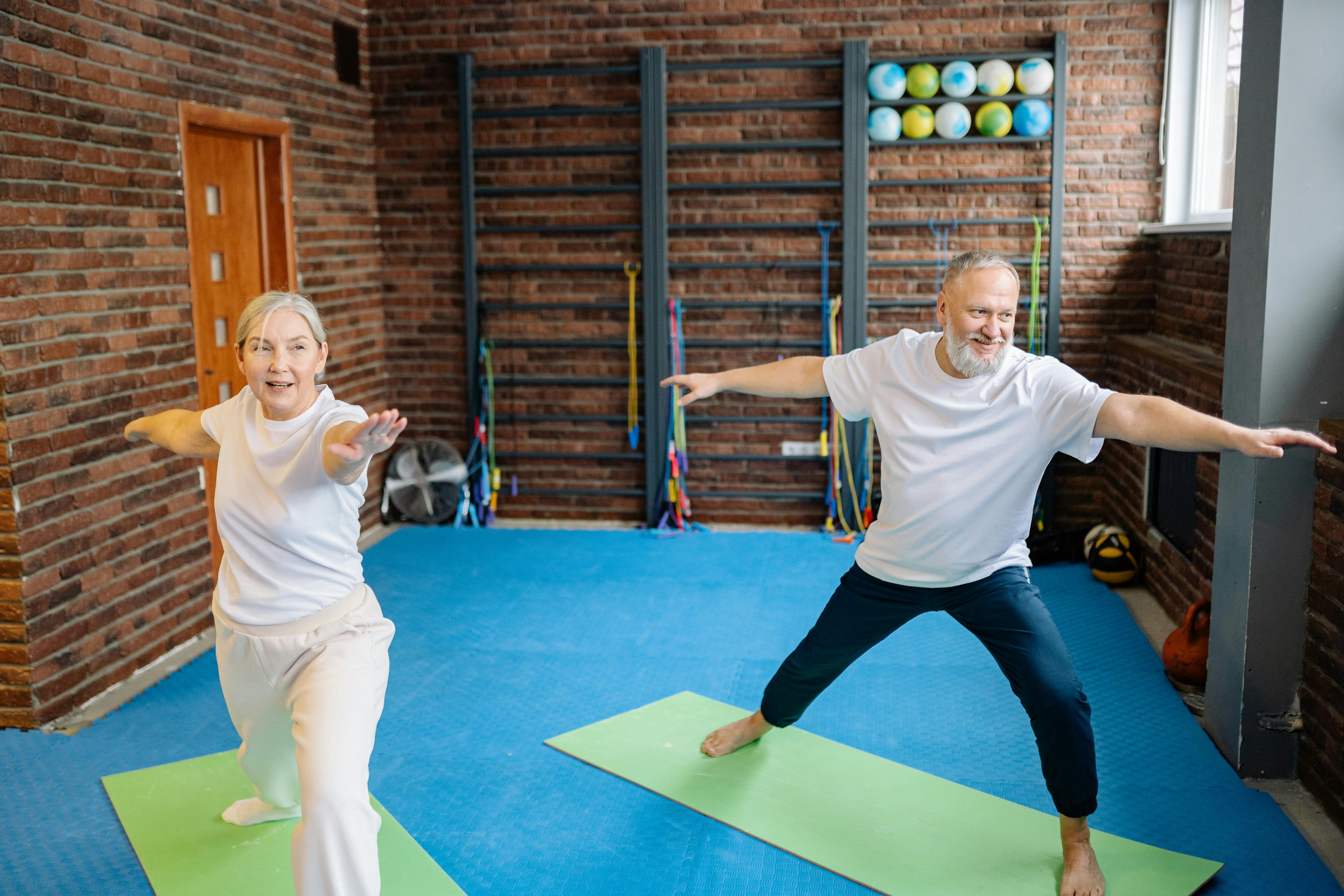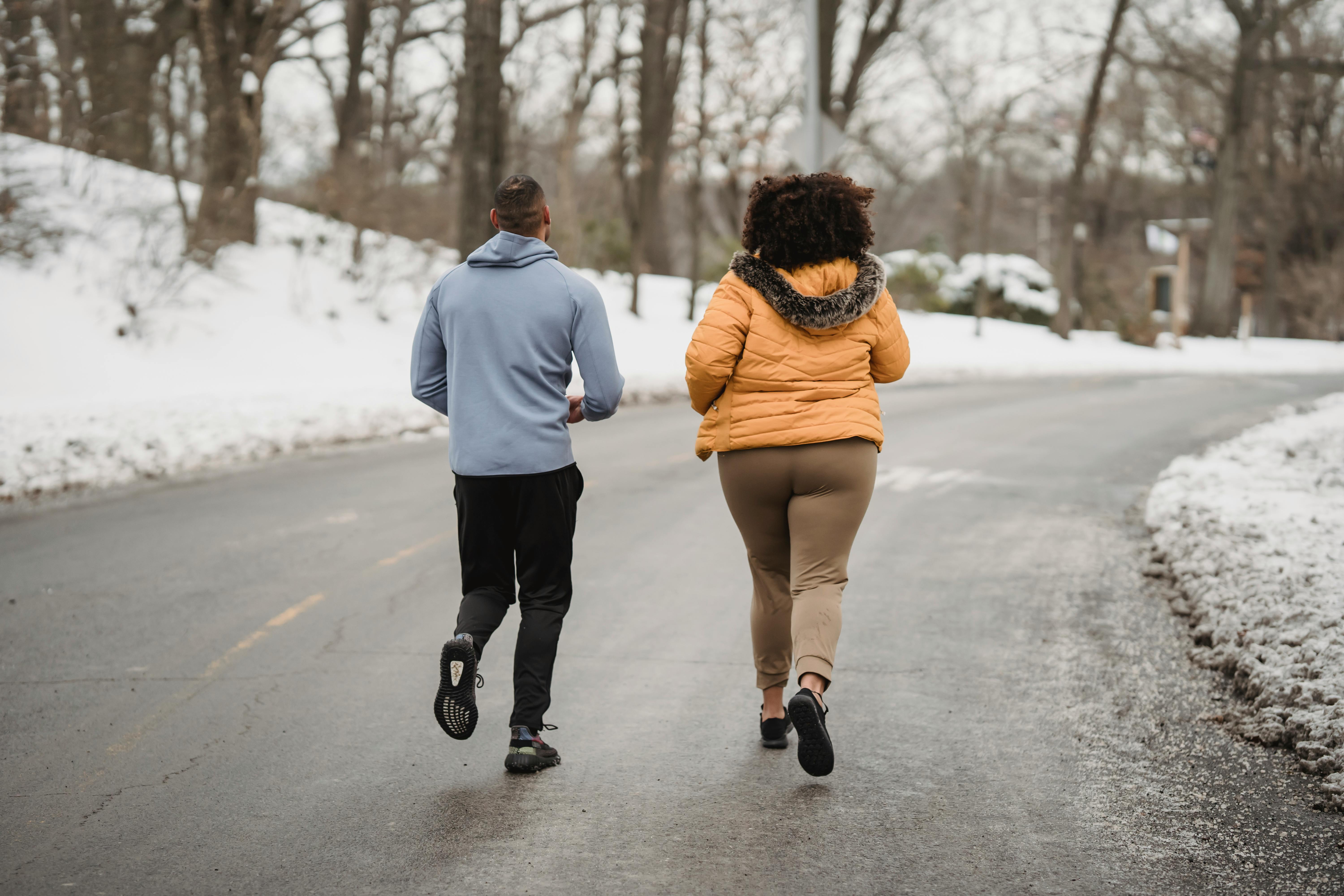Most athletes wouldn’t even consider using dumbbells for cardio. In fact, most athletes don’t even use weights at a fraction of their full potential. Well, that’s about to change… if you decided to take my advice.
Training programs are traditionally divided into resistance training (such as weight lifting) and cardio (such as jogging, rowing, or biking). Or these two types of workouts are done on separate days. And without a doubt, most exercisers choose aerobic exercises like jogging, biking, and rowing for the cardio part. I don’t see people lifting weights when it’s time for cardio.
Over the last year, most trainers (myself included) have moved away from aerobic exercise in favor of anaerobic exercise. Anaerobic exercise is high intensity exercise for short periods of time, repeated. Think sprint intervals.
Evidence shows that anaerobic activity is better than aerobic activity for improving endurance, strengthening the heart and lungs, and even burning fat. Not to mention, it helps you become more athletic and preserves your hard-earned muscle. Unfortunately, not many athletes have made the switch because they have been programmed to do aerobic training in their “target heart rate zone.”
So it’s no surprise that the jump to dumbbell cardio hasn’t caught on. A dumbbell cardio workout is when you do a series of dumbbell exercises in a circuit with as little rest as possible between exercises. I also call them “dumbbell intervals” because you do one interval of exercise, followed by rest, and then more intervals.
Dumbbell cardio is a better choice for a great cardio (and full-body) workout for many reasons. First, and the simplest reason, is that you don’t need expensive equipment like stationary bikes, rowing machines, or treadmills. All you need is a set of dumbbells and you’re ready to go. This is also great if you work out in a crowded gym (yuck!), where the cardio machines are in constant use.
Second, dumbbell cardio activates your heart and breathing using your WHOLE body, not just one part of your body like your legs. Your heart has to pump blood to the muscles in your legs, core, and upper body. This prepares the heart for more real-world activities than just jogging.
Third, aerobic exercise works against building your physique. Yes, it burns fat while you do it… but it also tells the body to do whatever it takes to lose weight. This means that your body also sacrifices muscle to reduce weight. On the other hand, using dumbbell cardio sends the signal to get rid of fat, but in a way that preserves muscle throughout the body because they are needed to complete workouts.
So, the next time you’re looking for a great cardio workout that will really help you build a lean, athletic, high-performance body, skip past the cardio machines and grab a pair of dumbbells instead. Also, you may find how effective dumbbells are as a complete training tool. Try dumbbell cardio instead of boring aerobics.








